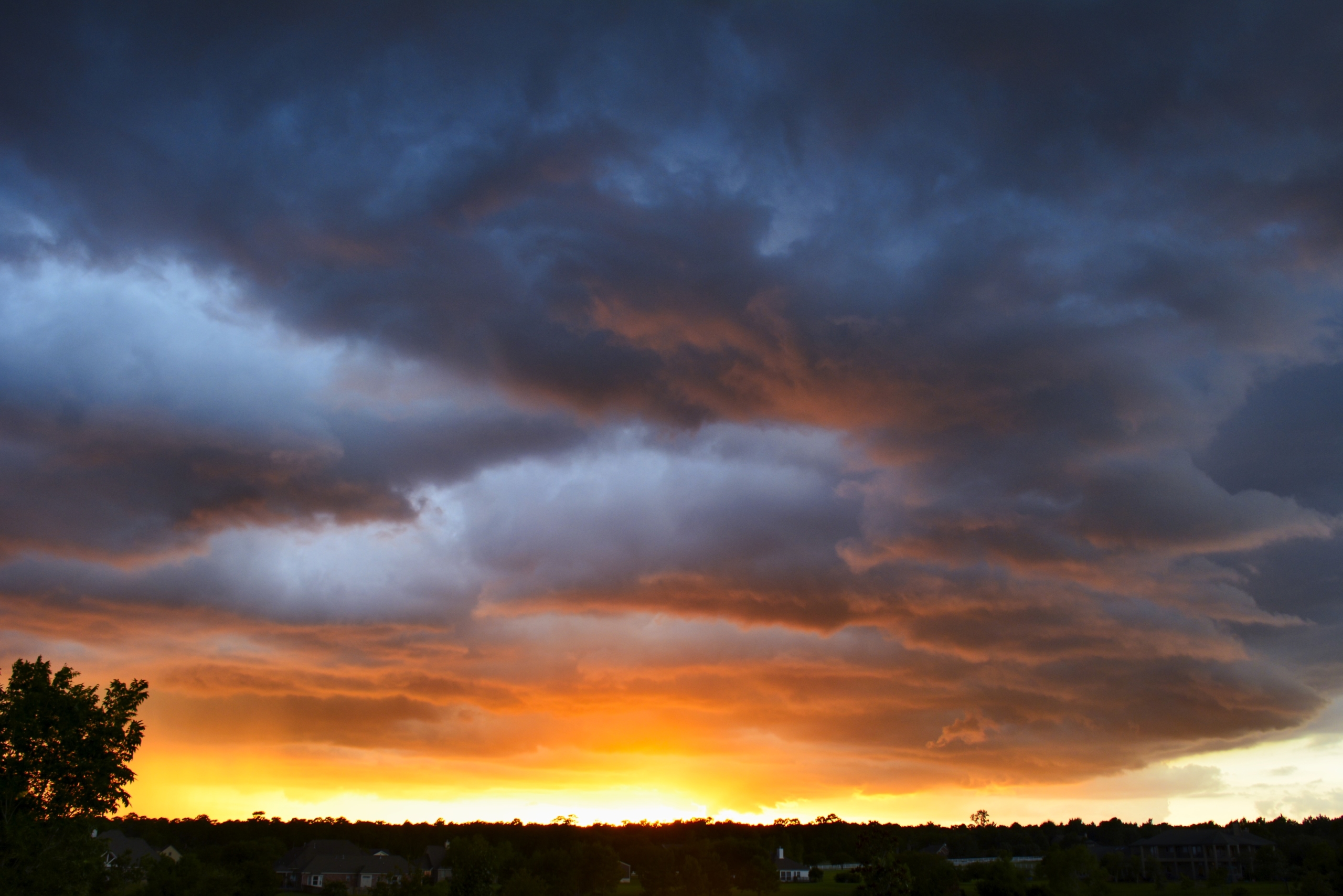A young woman sat on a stump wearing khaki pants and a shirt, gazing into the eyes of a wild chimp. I wondered how someone could find that life-fulfilling.
When I was her age, my teenage self found nothing intriguing about tromping through the forests of Nigeria with all those wild creatures.
Time passed, and so did my interest in Jane Goodall and her mission. Noble? Yes, but I thought the world had more pressing issues. I knew little about her, and her work floated past me through glimpses in the news and documentaries. I regret that I didn’t pay attention sooner.
Hope drew me in.
And hope — led me to The Book of Hope: A Survival Guide for Trying Times, written by Jane Goodall and Douglas Abrams. Since serendipity placed the book in my line of sight, I decided it would serve as a fitting closure for my year of hope.
The book became more than a means of ending a year. Instead, Jane Goodall’s stories and Douglas Abrams’s research and splendid writing opened the door to deepening my understanding of how hope can change us, those around us, and the world.
The nearly ninety-year-old primatologist, anthropologist, humanitarian, and storyteller invites the reader to hope. She states clearly, “We are going through dark times.”
An understatement at best.
But this is not a book of despair. Quite the opposite. Goodall explains how after living through many dark periods, “hope keeps me motivated to carry on, fighting the good fight.”
Hope is often misunderstood. People tend to think that it is simply passive wishful thinking “I hope something will happen, but I’m not going to do anything about it.” This indeed is the opposite of real hope, which requires action and engagement.
By the close of the introduction, I suspected I would find more than I bargained for in these pages. Dr. Goodall raised a challenge that I could not ignore.
Hope is contagious. Your actions will inspire others.
What is hope?
Abrams opens the book with questions that haunted me as I explored hope.
What is it?
Why do we have it?
Is hope real?
Can hope be cultivated?
Is there really hope for our species?
Goodall answers his questions.
Hope is what enables us to keep going in the face of adversity. It is what we desire to happen, but we must be prepared to work hard to make it so.
Sometimes we can’t take action on our hope. Think of Nelson Mandela or Viktor Frankel, who lived behind prison walls but held staunchly to hope.
Doug Abrams describes himself as a “truth hunter.” That’s my kind of writer. But when he began to share statistics, research, and a “meta-analysis of over a hundred hope studies,” Goodall responded with her own strategy.
She acknowledged the significant findings related to hope and appreciated the importance of research. However, Goodall had learned that “people are moved to action by stories more than statistics.”
Abrams countered that facts were important. The wizened woman who sat before him agreed and directed him to add those resources at the end of the book.
The two engaged in a series of deep conversations over many months. By capturing their dialogue, Douglas Abrams allows the reader to sit with Jane Goodall, soaking in her energy and learning four reasons why hope for the natural world — and humankind — is possible.
Give me four good reasons I should hope.
Reason 1: The Amazing Human Intellect
Doug: “What exactly do you mean by the human intellect?”
Jane: “The part of the brain that reasons and solves problems.”
I have been reading more about the interrelationships between humans and nature, including animals. Goodall’s expertise and experiences expanded that understanding as she intertwined both in her stories.
In a few pages, I learned how we evolved, how similar humans are to everything in nature, and the one characteristic that sets us apart — language.
At some point in our evolution, we developed this ability to communicate with words. Our mastery of language allowed us to teach about things that weren’t present. We could pass on wisdom gleaned from the successes and mistakes of the past. And we could plan for the distant future.
I share Goodall’s belief in the innate goodness of humanity. While I see so much evil, cruelty, and inhumanity, I know that kindness still exists.
Voices bombard us with the ugly side in the daily news and media. If you look around you, you can find a different story. Goodall tells us several as she talks about the individual and the collective wisdom gained through our recognition of the consequences of actions.
For the first time, I understood the importance of her work in protecting the chimpanzees. That work may well be the key to saving ourselves. Goodall’s life’s work revealed four critical areas that we must address — alleviating poverty, reducing unsustainable lifestyles, eliminating corruption, and controlling population growth.
By studying and working to preserve the chimpanzee’s home, she identified key issues that only we humans have the power to address. Nature knows what to do and has the resilience to help us if we collaborate.
Nature is so extraordinarily resilient. And remember, nature is so much more intelligent than we are.
Reason 2: The Resilience of Nature
Doug: “Jane, you say the resilience of nature gives you hope — why?”
Jane: “I think I can answer your question best with a story.”
Goodall proceeds to tell the story of the “Survivor Tree,” a Callery pear, saved by Rebecca Clough after the attack of 9/11. A month after the site’s cleanup at ground zero in New York City, workers found a charred black root with a single living branch. Rebecca took the branch, cared for it in a nursery, and replanted the resilient tree at the 9/11 Memorial and Museum.
Other stories demonstrate the resiliency of nature and our feelings of “helplessness, depression, fear, fatalism, resignation, and what they are now calling eco-grief or eco-anxiety.” Goodall reminds us that while these are natural emotions, we cannot, we must not, allow them to overtake us.
Feel them. Lean into those feelings. But do not hide from the darkness.
Abrams summarizes the stories of nature’s resilience with this explanation.
I see what you’re saying about the link between nature’s resilience and human resilience…How addressing human injustices like poverty and gender oppression makes us better able to create hope for people and the environment…when we protect all life, we inherently protect our own.
Reason 3: The Power of Young People
Doug: “How did you start working with young people?”
Jane: “As I began traveling around the world, raising awareness about the environmental crisis, I met young people on all continents who were apathetic and disengaged, or angry and violent, or deeply depressed. I began talking to them and they all said more or less the same thing: ‘We feel this way because our future has been compromised, and there’s nothing we can do about it.’”
Goodall’s response?
She started with 12 Tanzanian students near her home in Dar es Salaam. Goodall allowed them to identify projects that would benefit their environment. They began close to home, small steps like cleaning a beach.
From that small group, the Roots and Shoots youth program grew and can now be found in over 50 countries worldwide. Young people learn to become compassionate stewards and doers for the environment and one another. The evidence of the power of young people weaves through the stories of their courage, strength, and determination. Through the program, young people can find meaning, purpose, and action — all essential for hope.
You see…they learn that everything is interconnected, and that their community is not just the people around them but also the animals and plants and the land itself.
Reason 4: The Indomitable Human Spirit
Doug: “What do you mean by the indomitable human spirit…and why does it give you hope?”
Jane: “It’s that quality in us that makes us tackle what seems impossible and never give up.”
Many of us have stories or have read the life stories of individuals who managed to rise above insurmountable obstacles. How do they do it? I often wonder if I would have that same spirit if faced with similar challenges.
Goodall shared a few of her favorite examples. She listed Martin Luther King, Nelson Mandela, and Ken Saro-Wiwa, all of whom fought against injustice and inequality. Having lived in England during WWII, she saw firsthand how Winston Churchill inspired a country on the brink of invasion by Nazi Germany.
Although others came to mind, like Mahatma Gandhi, Goodall found indomitable spirits whose names we would not recognize. Every individual matters and “they each have a role to play” and “they were born for a reason. Without meaning, life is empty and day will follow day, month will follow month, and year will follow year in endless succession…Those are the people who have lost hope.
And sometimes it is possible to rouse them from a seemingly meaningless life with a really good story, one that will reach their hearts and wake them up.
The journey has not ended.

Jane Goodall continues her work. Her indomitable spirit presses on today as I write these words.
I am in awe of her deep connection to those chimpanzees in Gombe, her boundless energy to keep going, and for telling the stories that can change our hearts. Those stories changed my heart.
Doug: “Why do you think it is that so many people say you give them hope?”
Jane: “I honestly don’t know — I wish I did. Perhaps it’s because people realize that I am sincere. I unflinchingly layout the grim facts — because people need to know. But then, when I lay out the reasons for hope…they realize their life can make a difference, they have acquired a purpose…having a purpose makes all the difference.”
Jane’s Call to Action
“Please, please rise to the challenge, inspire and help those around you,
play your part. Find your reasons for hope and let them guide you onward.”
Together we CAN! Together we WILL!
Jane Goodall, A Reason for Hope: A Spiritual Journey (1999), In the Shadow of Man (1971), Through a Window: My Thirty Years with the Chimpanzees of Gombe (1990)
Charles Snyder, Psychology of Hope: You Can Get There from Here (1994)
Shane Lopez, Making Hope Happen: Create the Future You Want for Yourself and Others
Casey Gwinn and Chan Hellman, Hope Rising: How the Science of HOPE Can Change Your Life (2019)
And always—
Be kind. Be brave. Be you.
Photos: Dark Times © Kathryn LeRoy; Jane Goodall is holding her toy monkey “Mr. H” at Wikipedia Commons



Leave A Comment